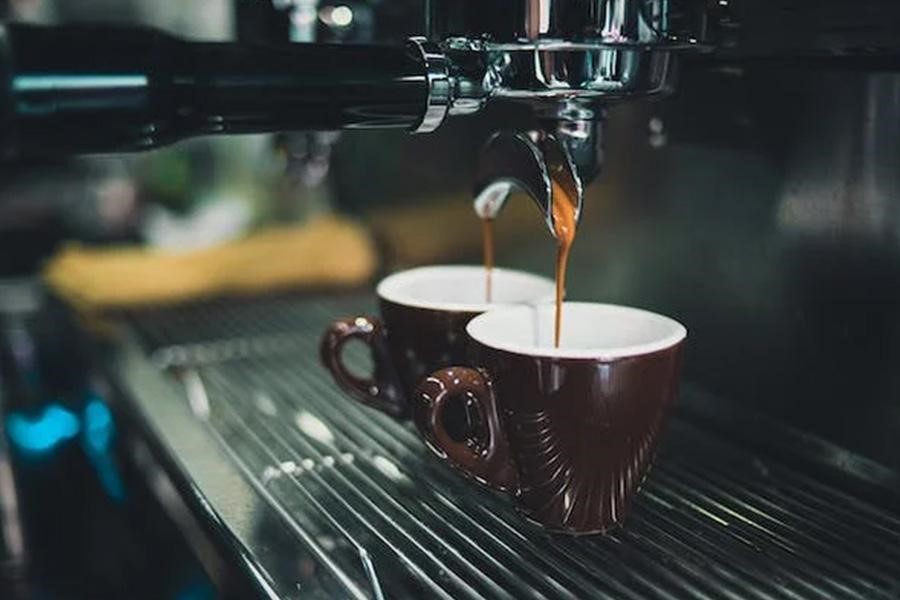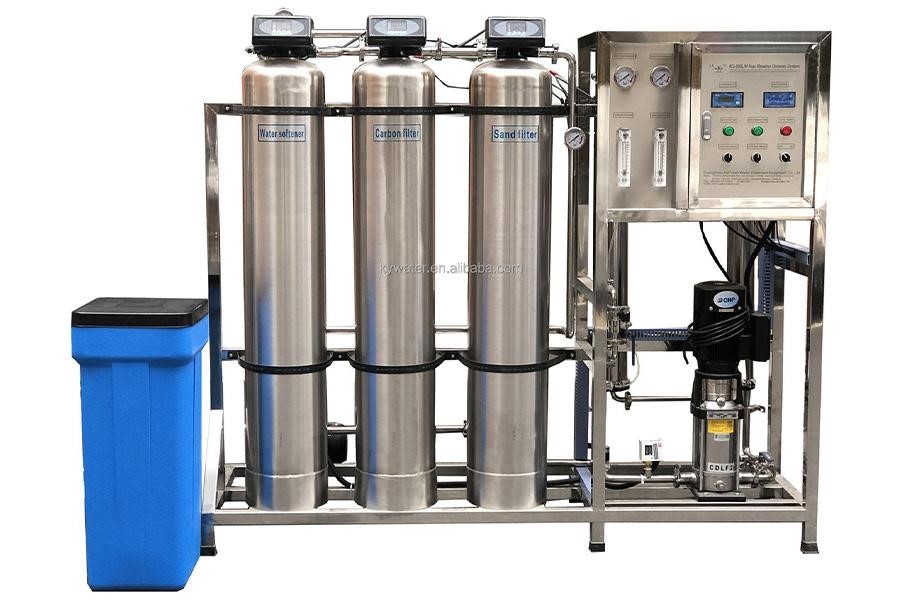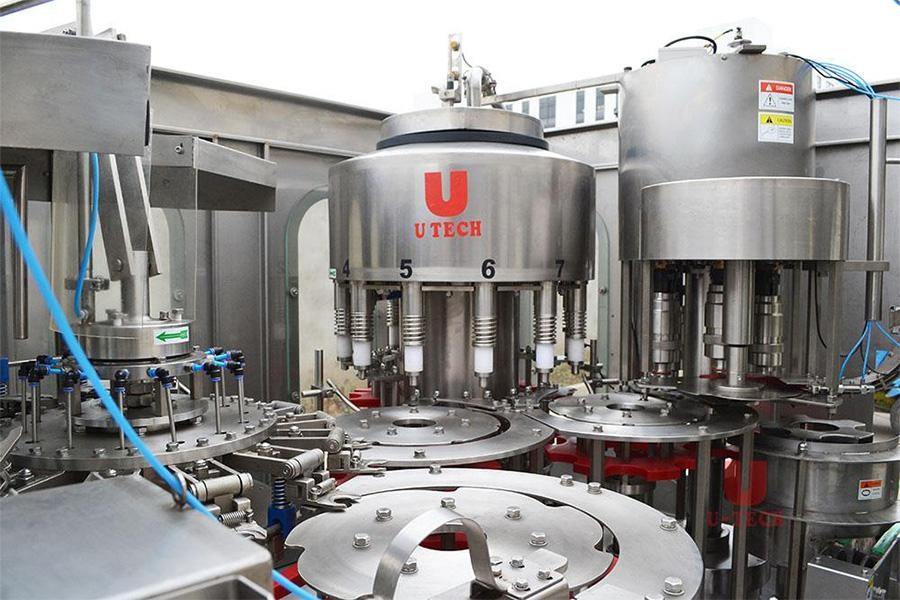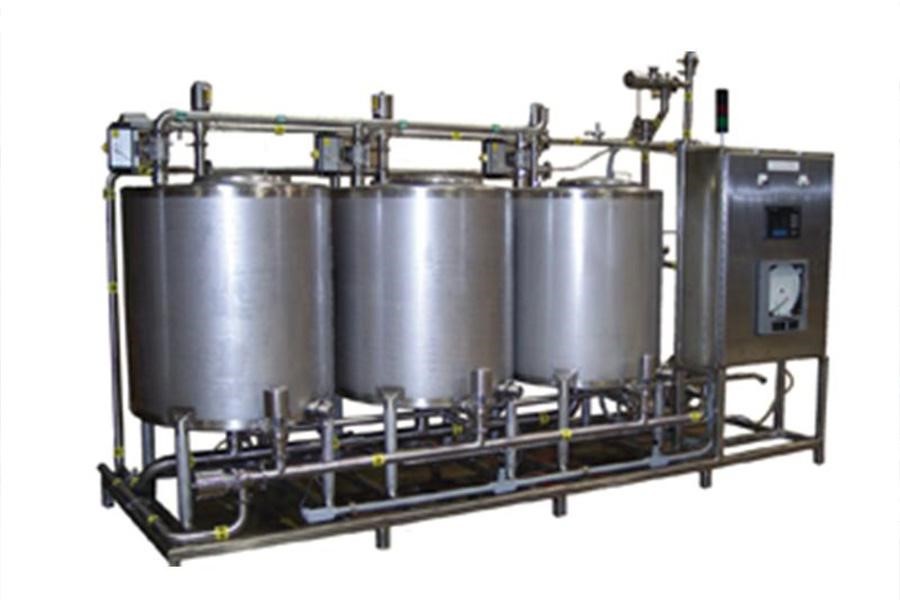Plenty of beverage equipment is flocking into the market each year, which makes it hard for buyers to find the right machinery.
In this article, we are going to look at the seven things you need to consider before purchasing any beverage machinery. We will also look at the different types of beverage machinery available in the market, the pros and cons of each beverage equipment, and their demand and market share.
Table of Contents
The demand and market share of beverage equipment
Things to consider when buying beverage machinery
Types of beverage machinery
Conclusion
The demand and market share of beverage machinery
Due to the gradual growth of market demand in the food and beverage industry, the market for beverage equipment is expected to rise significantly. The industry is forecast to rise at a CAGR of over 4% by 2024.
According to Reportlinking’s future projections, the market size for these beverage machines will reach $26.9 billion by 2027. This represents a CAGR of 4.9%. Due to the rising demand for this equipment, the manufacturing industry is also expanding in major industrial countries like China. Essentially, this is due to a rising consumer demand that will provide exceptional opportunities for key market players.
Things to consider when buying the best beverage equipment
The number of beverage machinery brands on the market is high, making it hard to know which one to choose. The below tips will help you find the best beverage machinery to buy.
1. Your business objectives
Buyers should thoroughly assess their business objective before settling for beverage equipment. Basically, the primary objective should be sourcing products as much as possible but also ensuring the lowest risk to the beverage business. Overall, the business objective should match the beverage equipment.
2. Your budget
Budget is also important when determining the type of beverage equipment to buy. The average price for most beverage equipment ranges between $6,000 and 75,000. However, other options are even more expensive for those who don’t mind prices.
Thanks to multiple types and brands of beverage machinery in the market, buyers have a larger array of options. More importantly, it’s best to opt for a more efficient and affordable option if you’re tight on budget.
3. The return on investment rate

Different types of beverage equipment have different ROI. This is where a buyer has to review their business objectives for the equipment they’d like to purchase. For instance, in 2Q 2022, the total ROI on nonalcoholic beverage equipment stood at 20.03%. So if the ROI of a particular investment is not substantial enough, profit losses may be inevitable.
4. The productivity of the beverage machinery
Highly efficient beverage equipment should be more productive and simplify the processing exercise. The collaboration between the beverage processing equipment industry and beverage manufacturers has contributed to producing highly productive beverage machinery. So chances of coming across less productive beverage machinery are quite slim.
5. The amount of time you have for maintenance
It’s best to purchase beverage equipment that’s relatively easy and takes the shortest time possible to clean. Those who’d prefer a beverage dispenser should clean it regularly after a change of liquids. Such regular cleaning needs to take less time—this also includes sterilization of other related beverage equipment. Instead, more time should be vested in producing quality products.
6. Packaging type and material
There are multiple packaging solutions in the market, some even specific to particular beverages. This allows users to pick any beverage packaging type, size, and shape based on their personal preferences. While some beverage packaging solutions may be environmentally friendly, others may not. However, the modern era requires any beverage vendor to go green packaging-wise. Common packing solutions include;
- Glass packaging is among the oldest solutions. It’s preferred primarily due to its high recyclability factor and premium feel.
- Metal packaging: Most of the world’s most popular beverage drinks are packaged in aluminum cans. It’s a preferred solution because the material is highly recyclable and lightweight.
- Plastic packaging solutions are lightweight, durable, and easily moldable.
7. Type of beverage

As already mentioned, the market is flooded with a vast array of different types of beverage equipment. And so buyers must identify which machinery matches the beverage they want to produce. For instance, you’ll need a coffee brewer, dispenser, or an iced tea brewer to produce coffee.
Types of beverage machinery
1. Water treatment equipment

Aside from the CIP machine (discussed later), the water treatment equipment also helps improve hygiene in the processing environment. Water quality plays a significant role in the final product quality—meaning that water used in beverage manufacture should be treated properly. Basically, water treatment is categorized into three primary and effective technologies; this is based on the equipment function as follows: softening device, filtration system, and others.
Merits
- The equipment is environmentally friendly
- Relatively easy to operate
- There’s a significant reduction in raw water consumption
- Disposal costs are generally low
- Water is reusable
Demerits
- Cleaning may not be easy
2. Sterilization equipment
A properly sterilized equipment should translate to a high-quality product. Notably, there isn’t much difference between beverage sterilization and biological or medical sterilization. Generally, it’s an integral part of beverage manufacturing.
Beverage sterilization equipment can be categorized into three types. Physical sterilization equipment involves using electromagnetic waves, ultraviolet, infrared, and radiation heat sterilization, among others.
Another one is the sterilization equipment for a fluid beverage. This machine naturally sterilizes unpacked beverages like dairy milk and juices. The process involves spraying the packages directly with steam. The third piece of equipment is the sterilization machine for canned beverages. The machine is basically used on canned beverages and it initiates sterilization at temperatures below 100°C on products with a pH value below 4.5.
Merits
- The equipment is environmentally friendly
- Most are free of chemicals—generally, all are safe to use
- Most types are relatively easy to operate
- Energy efficient
Demerits
- Decreased efficiency when improperly handled
3. Automatic bottle washing machine

These types of bottle washing equipment exist in three main types depending on the situation; how it enters and leaves the bottle. Also, these situations can be divided into two subcategories; single-end-type and double-end-type. Further down the subcategories is the practice of bottle sleeve conveyance divided into the continuous type and intermittent type. This involves bottle processing methods subdivided into immersion, spraying, and brushing.
Merits
- The equipment speeds up the production process
- Relatively easy and cost-effective to maintain
- No flow-free or deposit areas
- Highly efficient and durable
Demerits
- Hefty initial and maintenance costs
4. Bottle filling machine
Generally, bottle filling machines can be categorized based on the type of materials used to package into paste filling, granule filling, liquid filling machine, and others. These machines are available in two main categories; fully automatic and semi-automatic production.
Basically, regardless of whether or not the material contains gas, it may be divided into the following equipment: equal pressure filling equipment and standard pressure filling equipment.
Merits
- The equipment is highly consistent and reliable
- Excellent versatility—they can run multiple products in most cases
- Relatively easy to operate thanks to the touch operator interface
- Easy to upgrade depending on the growth of the company
- High speed in producing filled products
- Very accurate since it is easy to tell the amount of fluid in each bottle
Demerits
- High initial and maintenance costs
5. CIP cleaning system

The CIP cleaning system is vital for maintaining hygiene in the food and beverage process. That means customers can be sure of high product quality and purity. Generally, this machine ensures the processing components are free of bacteria. Common areas where cleaning occurs include the piping, heat exchanger, and tanks, among others. Not only does this help prevent contamination of the beverage products, but it also increases the efficiency of the beverage machine.
Merits
- The system produces uncontaminated, high-quality products that raise customer confidence
- Keeps users safe by preventing direct chemical exposure
- Relatively low utility bills, courtesy of its repeatable cycle control
- Automatic cleaning facilitates little to no room for human error
- Ensures more time is spent on production and less on cleaning
Demerits
- It may require high maintenance costs over time
6. Capping machine
Bottles used for beverages like tea, sports drinks, soft drinks, and others generally have a similar closure. To seal shut the product, almost all the beverage bottles use a screw-on type cap. On the other hand, these closure caps may vary from flip-top to simple flat types. The spindle capping machine is one of the best and most popular automatic capping machines. The machine uses spinning disks that grab onto the cap and tighten it (screw-on cap). It then moves continuously through the machine as it uses the conveyor power.
Merits
- The machine is automatic and doesn’t need constant supervision
- It’s an energy-efficient system
- Easy installation and setup
Demerits
- High initial and maintenance costs
7. Labeling machine
When a particular item is fed to the labeling machine, it’s usually at the speed of a conveyor belt. At a small determined distance through the machine’s mechanical fixtures, an item is pushed in the conveyer’s direction. This machine has three main parts, the reel, the driving wheel, and the labeling wheel.
As the label strip presses against the labeling wheel, the driving wheels drag the label strip motion intermittently, such that the strip pulls out of the spool. Since the tension on the reel needs maintenance because of the interconnection between the strip, displacement control is used on the open loop. There’s a possibility that there’s a mark on the label to ensure correct placement.
Merits
- The machine eases the labeling task
- Works relatively faster
- Operation doesn’t require sophisticated technical know-how
Demerits
- Initial purchase cost may be a bit high
Conclusion
Overall, beverage equipment is a big investment as long as you pick the right choice for the correct designated use. Since you’ll be expecting some tangible ROI from that particular equipment, it’s crucial you view it as an investment. There are many types and brands of these machines. And if you’re looking to kick off your beverage production business, look no further than the Chovm.com platform for the machinery.





 বাংলা
বাংলা Nederlands
Nederlands English
English Français
Français Deutsch
Deutsch हिन्दी
हिन्दी Bahasa Indonesia
Bahasa Indonesia Italiano
Italiano 日本語
日本語 한국어
한국어 Bahasa Melayu
Bahasa Melayu മലയാളം
മലയാളം پښتو
پښتو فارسی
فارسی Polski
Polski Português
Português Русский
Русский Español
Español Kiswahili
Kiswahili ไทย
ไทย Türkçe
Türkçe اردو
اردو Tiếng Việt
Tiếng Việt isiXhosa
isiXhosa Zulu
Zulu